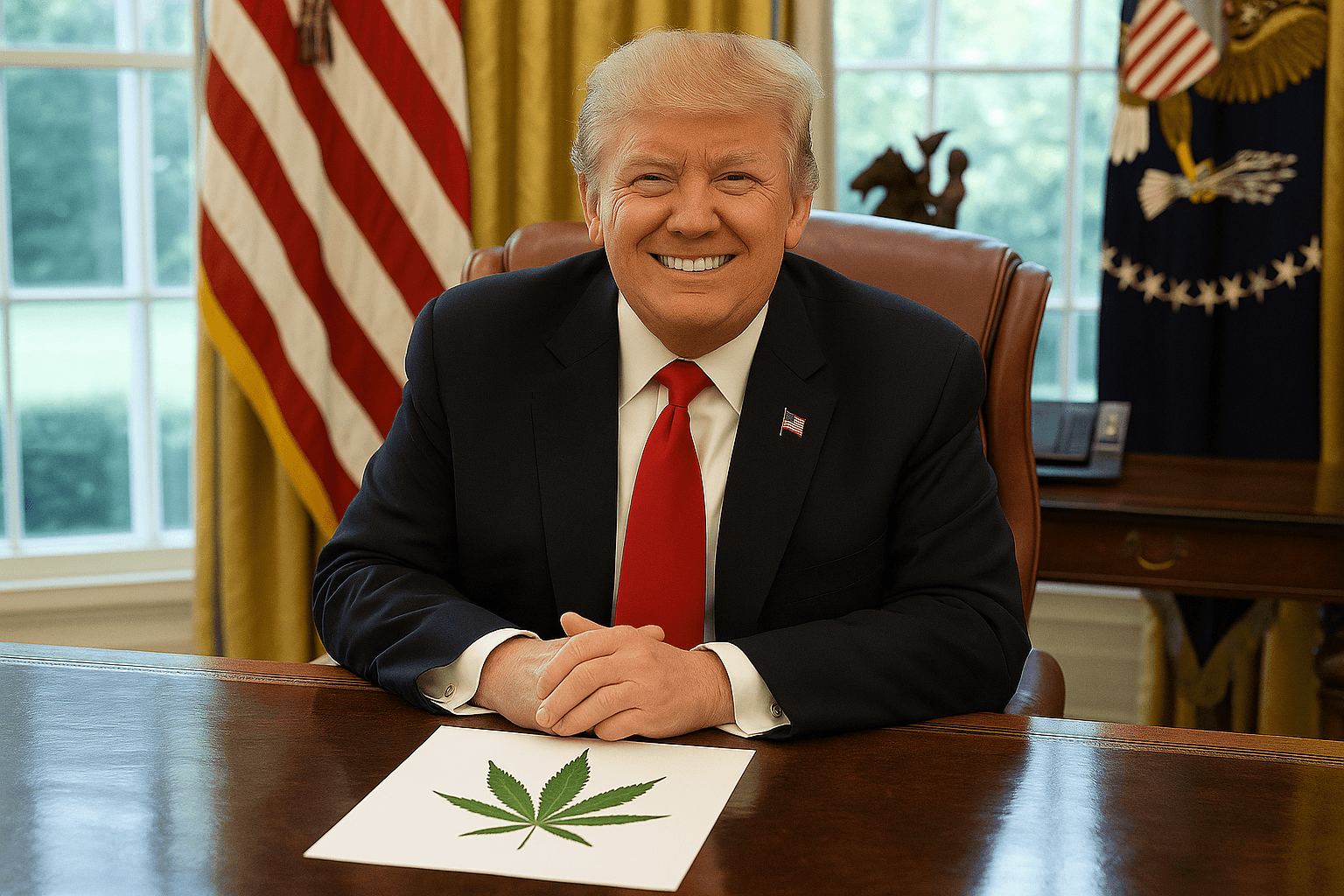Independent Look at Obama's Budget: More Spending, More Revenue, Less Deficit

The president unveiled his FY2016 budget that begins on October 1 and the price tag is $3.99 trillion. Obama likes to use the phrase “middle class economics,” but the GOP typically does not see the president’s goals as the best path forward for any income bracket. That is not entirely uncommon, but there are bright spots of possible compromise.
The obvious sticking point is that before Congress acts on this budget, they still have to work with the White House on funding the U.S. Department of Homeland Security for the rest of FY2015. If nothing changes, the DHS funding will expire on February 27.
Obama’s proposal can be broken down into three parts: spending increases, budget cutbacks, and revenue increases to pay for as much as possible. Unfortunately, there is still expected to be a deficit after all is said and done.
INCREASES
To likely appease the GOP and tackle overseas threats like the Islamic State, Obama is proposing $561 billion in defense funding, with an additional $58 billion for Overseas Contingency Operations. Prior to Monday’s unveiling, the Heritage Foundation, a conservative think tank, threw out a $584 billion price tag on military funding, not including OCOs.
Both goals are significantly more than the present budget and go against the sequester’s grain, which has been in effect since the 2011 budget deal.
Obama’s education reform to make community college free may sound appealing to the 9 million students that this could benefit as well as the 25 million families that currently receive benefits in the form of tax credits. This goes well beyond a single year and would cost over $80 billion over a decade, but the benefits are clear.If a student worked hard, as evidenced by GPA, under Obama’s proposal that student could go to community college for free and transfer to a four-year school and receive an education that may have otherwise been out of reach. This sounds like workforce training at its best.
On top of that, the president hopes to expand the American Opportunity Tax Credit to $2,500 for 5 years.
The bad news is that right now there is a $21.8 billion shortfall in federal student loan programs. That is larger than the EPA and Interior Department combined, and it is not something that is being addressed. It is an actuality caused by beneficial loan forgiveness opportunities for students who are unable to make full monthly payments on their loans. That number gets added to the deficit, but with other tax proposals, Obama hopes to pay for free community colleges.
CUTS
The largest things Obama wants to cut is the sequester itself, the deficit, and taxes for the middle class. Overall, he has touted $1.8 trillion as the lucky number to rid the government of the dreaded sequester. The bad news is that approximately $4 trillion in spending is still over the estimated revenue by $474 billion. This number will be the deficit, albeit much smaller than recent years.
TAXES
As far as taxes goes, there are a lot of areas that a Republican-led Congress will likely not enact. Obama hopes to increase the capital gains tax from 23.8 percent to 28 percent, or what it was under President Reagan.
This tax increase would add $208 billion over a decade in conjunction with a change in inheritance tax allowances. If the stock market continues its stellar rise (with the present stall notwithstanding), this could lead to more revenue than originally estimated.The real bright spot on tax compromise, however, is through corporate revenue.
For example, former U.S. Rep. Dave Camp (R-Mich.) who was chairman of the House Ways and Means Committee, quickly pointed out the corporate tax issue and the $2 trillion U.S. companies have overseas.
In an interview with NPR, Camp noted Obama’s proposal to tax that revenue with a one-time only 14 percent rate. After that, the tax rate would be 19 percent, but still less than the current 35 percent rate:
“…there's more than $2 trillion stranded overseas that isn't brought back and invested here in the United States to create jobs for middle-class families. So yes, he's actually expressing a willingness to talk about that area. He's going in a direction though that I think will need to see some change in order to get a kind of bipartisan compromise he'll need to get it through the Congress.” - former U.S. Rep. Dave Camp (R-Mich.)
The origin of this idea began a long time ago and both Republicans and Democrats could enjoy the added revenue this generates. Obama’s intent is to transform the corporate tax system and use the windfall -- around $475 billion -- to fix crumbling infrastructure back home.
There is a lot more in the president’s budget proposal, but the bottom line is Republicans now know exactly where President Obama’s fiscal wishlist stands. Now comes the time of negotiations and compromises.
Photo Credit: isak55 / shutterstock.com



